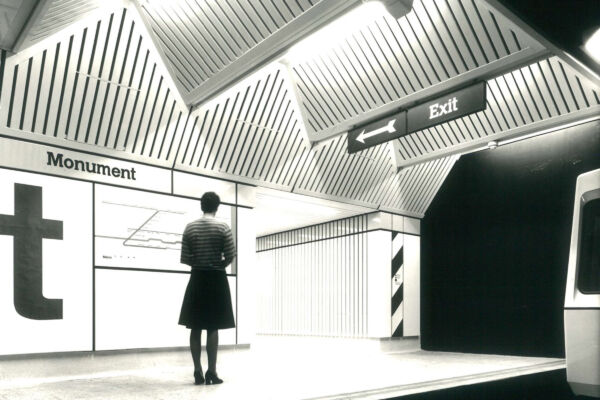Before this project began, the building contained two entrances, one serving the charity’s childcare facilities and the other acting as a reception and lobby to the offices. The third gable on the south east end of the building housed store rooms and bathrooms. The proposal sought to convert this area into the new community market, enabling the expansion on the existing ‘pay as you go’ pop-up shop.
The space can now be accessed via a new entrance on Liddell Terrace, where a glazed opening has replaced two windows, framed by new planting and an external terrace. This new entrance echoes the existing architectural stone detailing, whilst creating a vibrant, inviting new access point for the public.



















